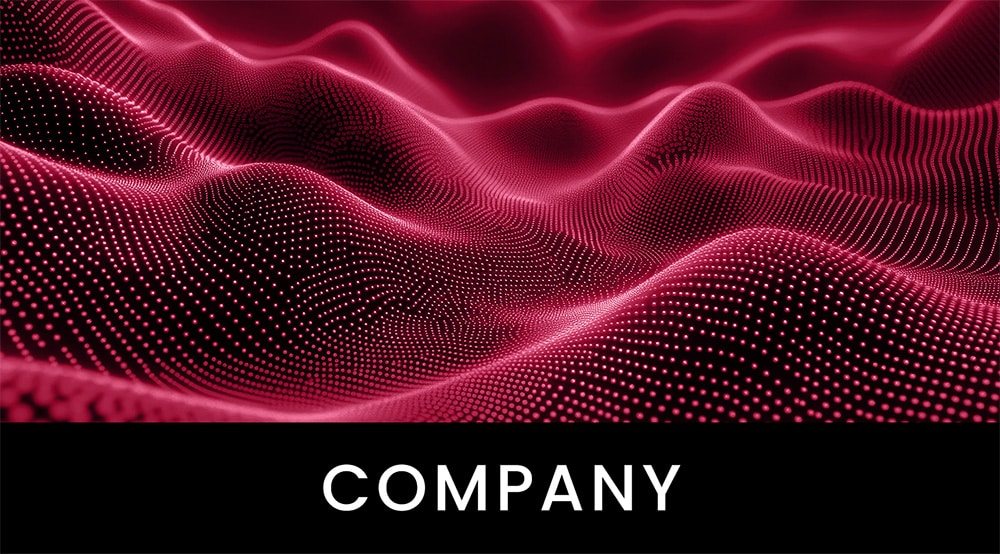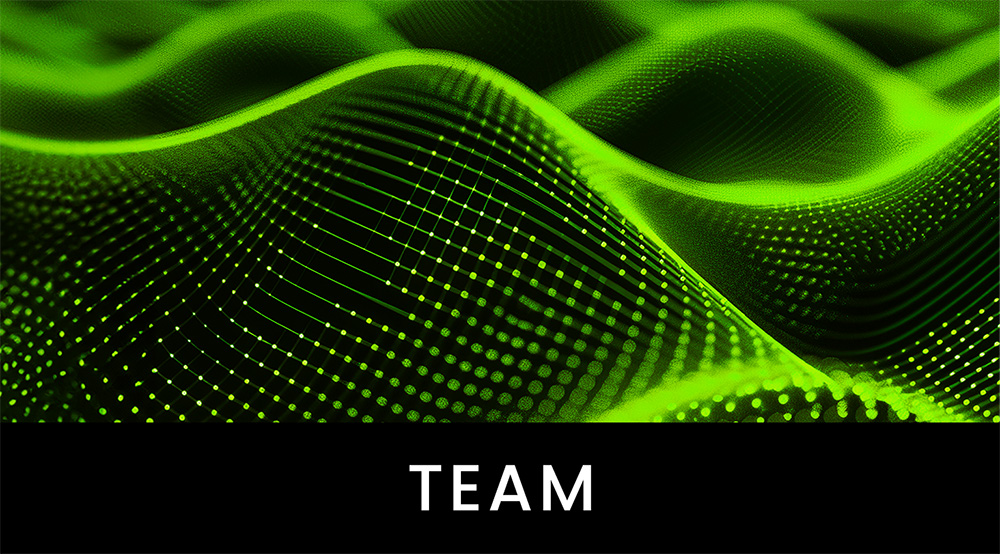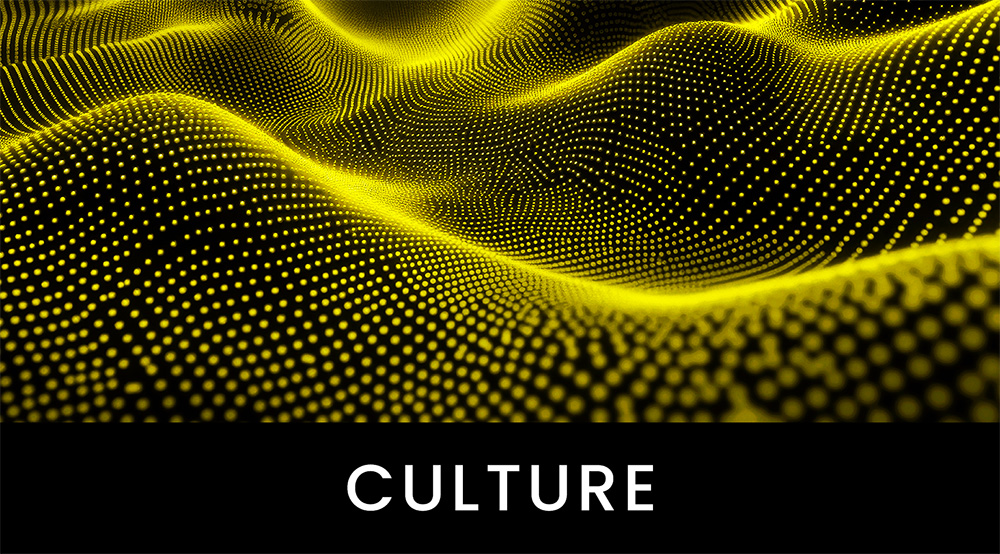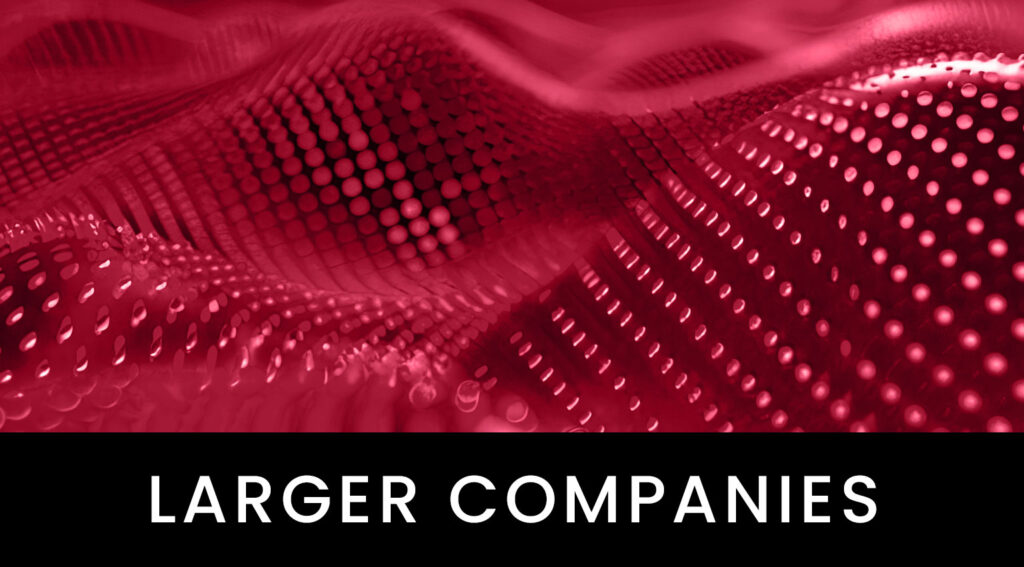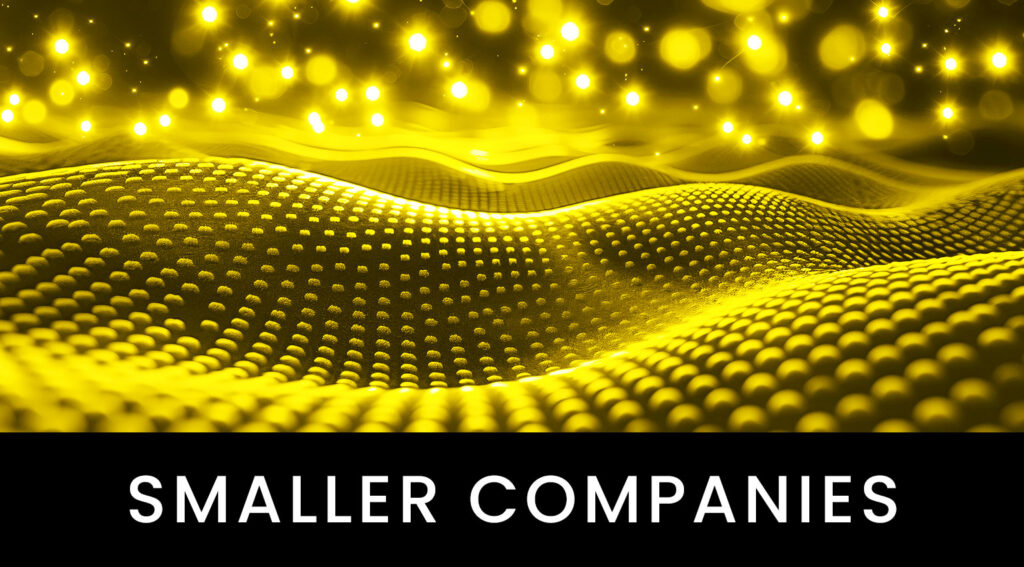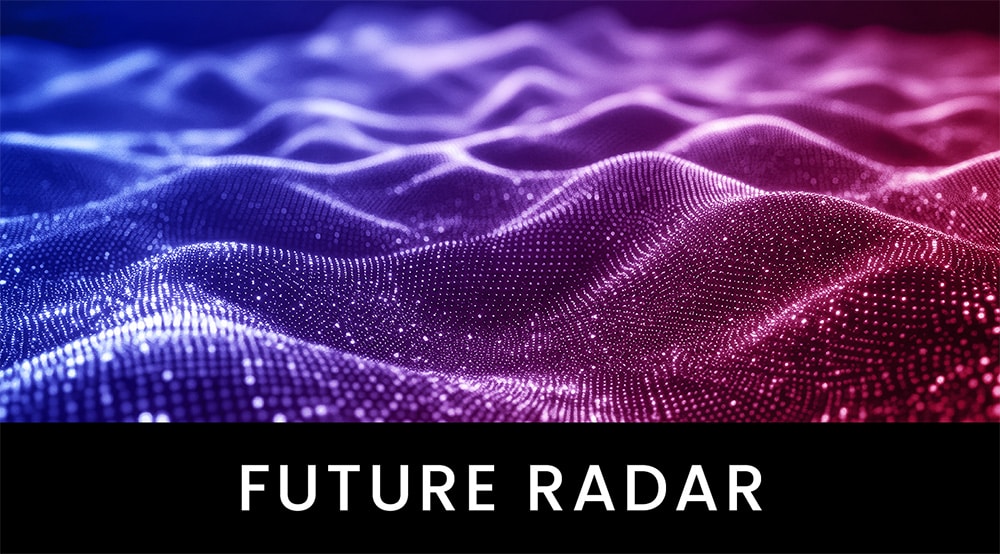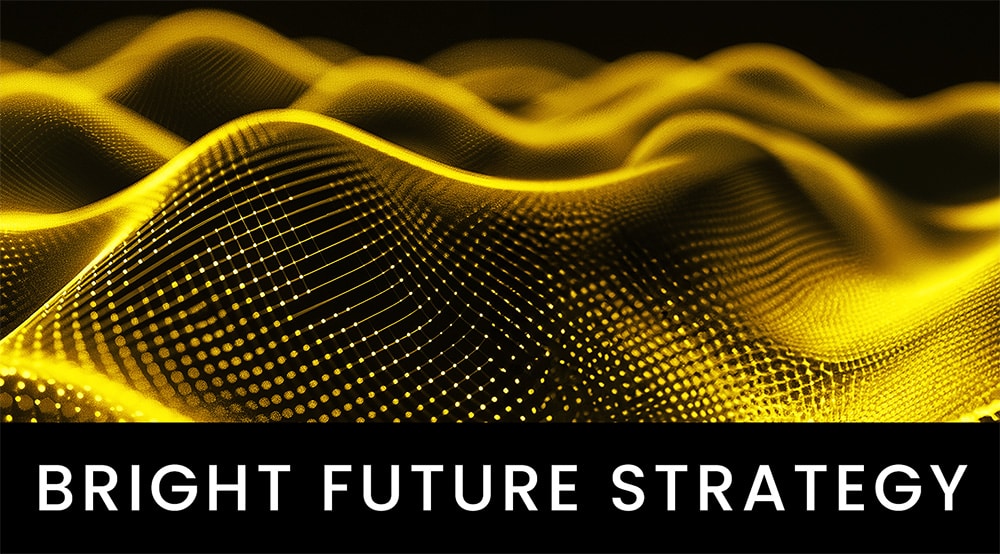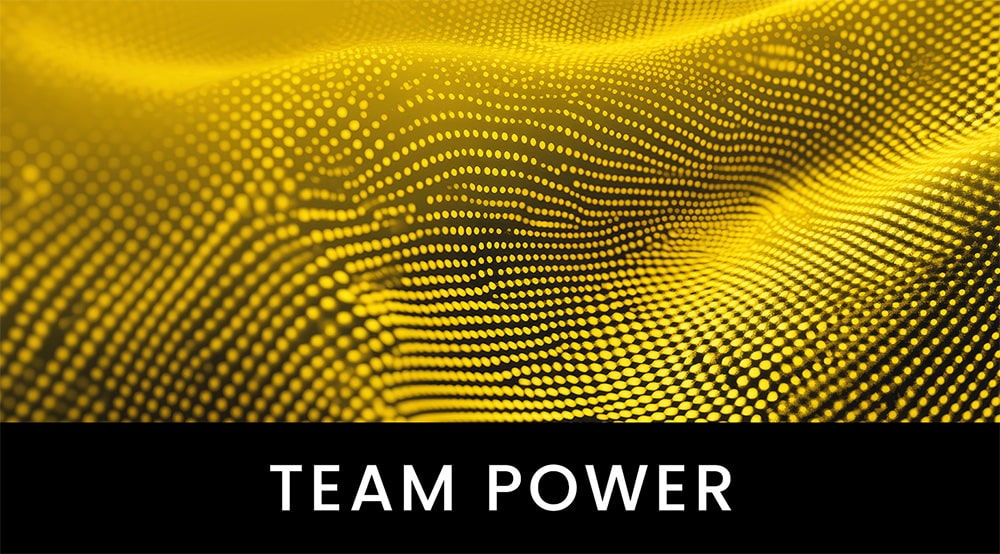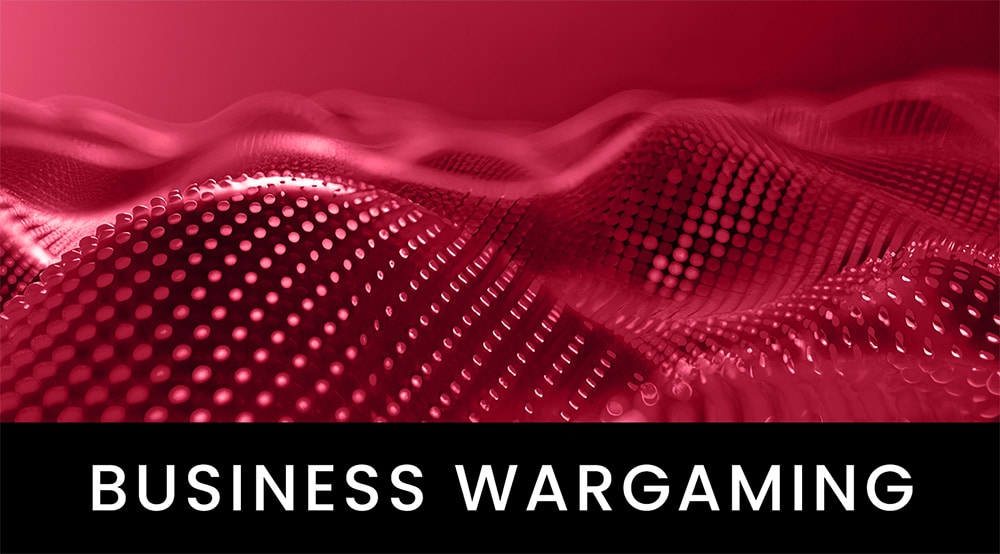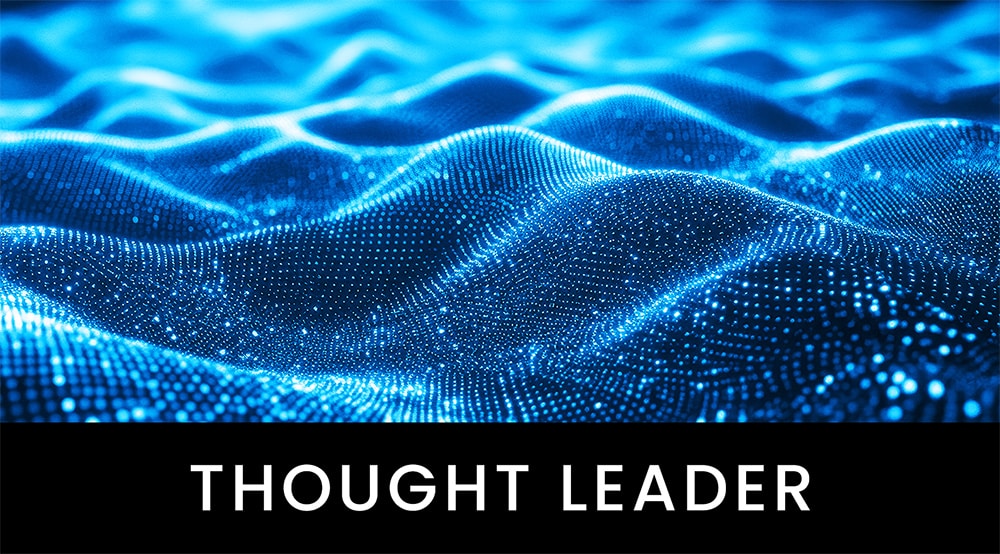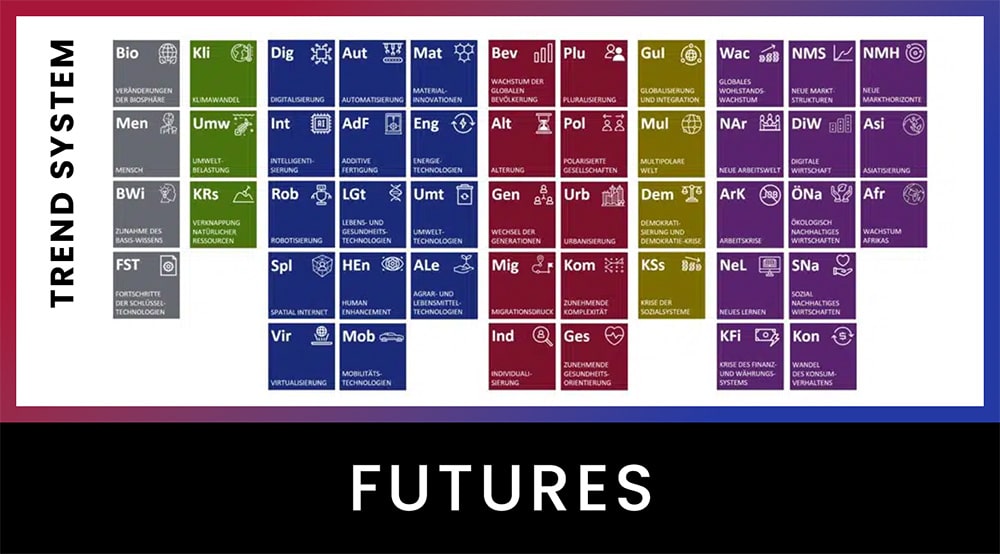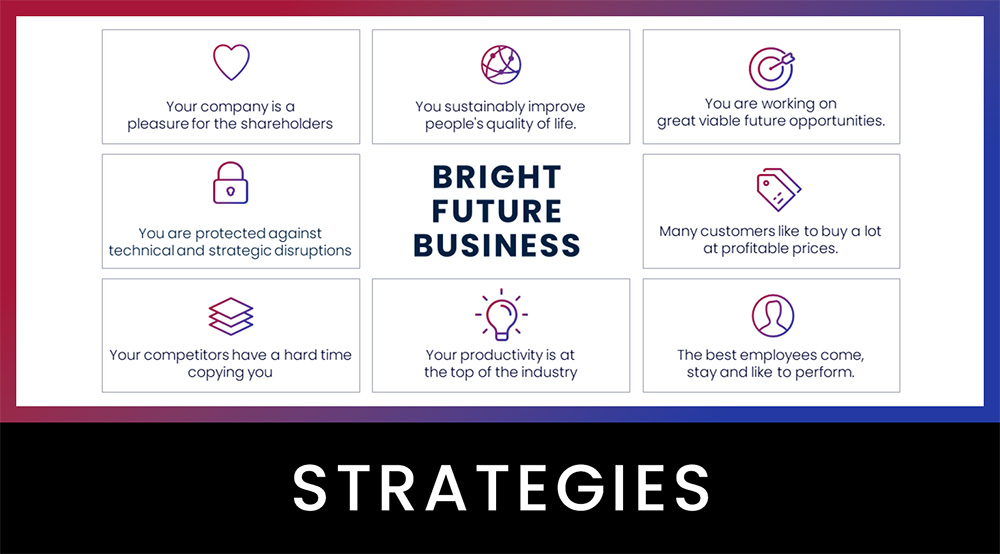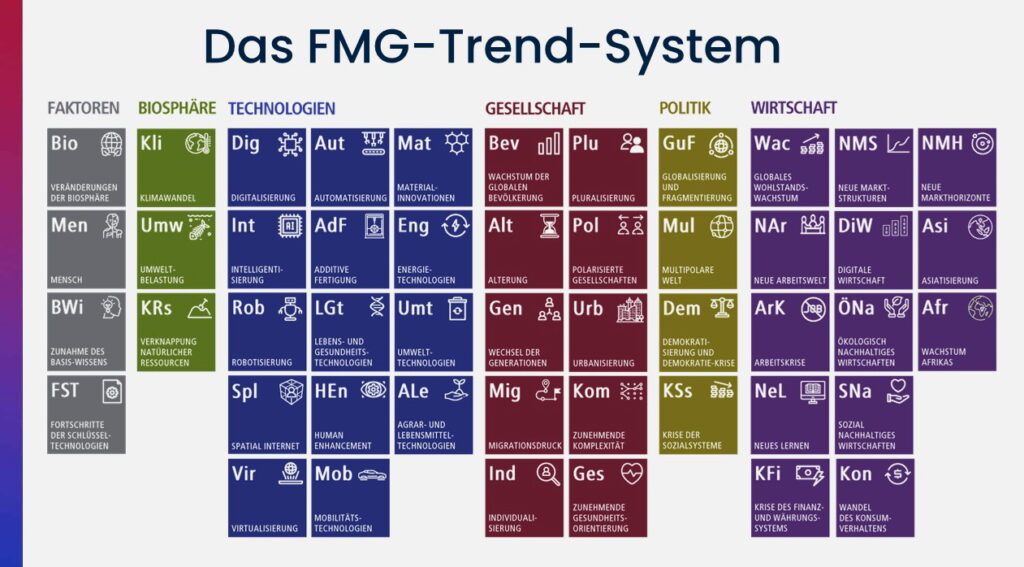Megatrend Spatial Internet - When digital and physical worlds merge
From the FMG Trend System: For your future-proof company
Spatial Internet as a driver of change
The Spatial Internet describes a new phase of digital transformation: a computer atmosphere that exists in a three-dimensional space. It combines physical reality with digital extensions – through sensor technology, edge computing, artificial intelligence and networked objects. It is based on billions of devices that communicate with each other and collect, analyze and apply real-time data.
This creates a digital level above reality – a system that not only complements but also expands: spaces, products and processes are given an additional dimension. The Spatial Internet thus becomes the operating system of our life and work. To the overview of all megatrends
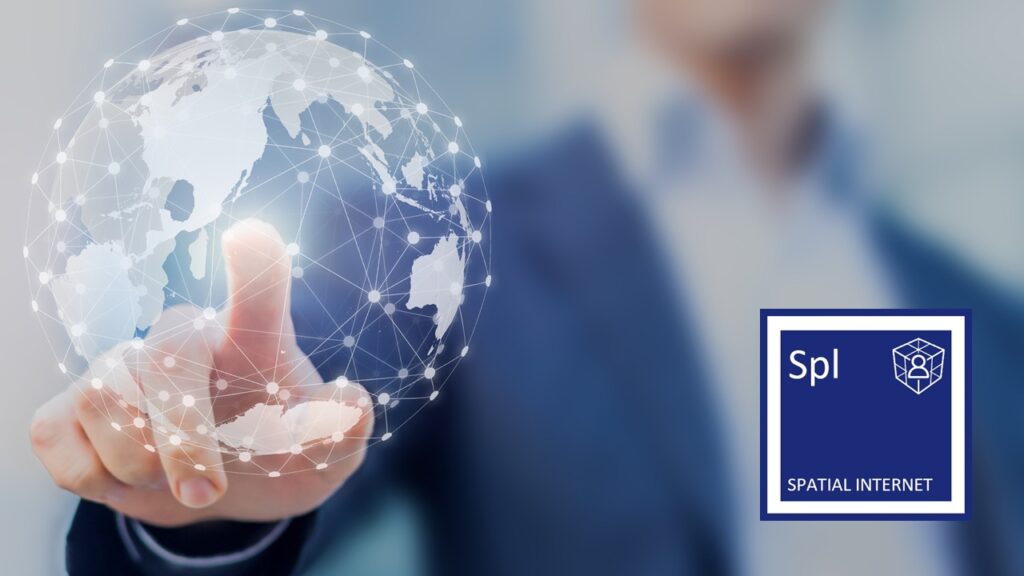
What the Spatial Internet means for companies
Companies benefit from the Spatial Internet through the possibility of intelligently networking products, services and processes and enriching them with digital functions. Digital twins, networked machines or sensor-enhanced environments create new efficiency potential in production, logistics, maintenance and customer service.
At the same time, new business models are emerging: digital value-added services are being integrated directly into physical products, virtual showrooms or remote maintenance are replacing traditional interaction, and adaptive systems are responding to customer and user behavior in real time. Companies that make strategic use of this development are actively shaping their future viability.
- Spatial Internet and other technologies are the most transformative trends alongside human motives. We use our tools to shape the world, mostly to our advantage.
- The Spatial Internet megatrend is just one of many that could be relevant for the future of your business.
- In addition to megatrends from the biosphere, society, politics and the economy, FMG’s trend system also includes the drivers that trigger trends such as Spatial Internet, the future factors. To the overview of all megatrends
Four central developments of the Spatial Internet
1. the Internet of Things (IoT)
The Internet of Things describes the electronic networking of objects, machines and systems that communicate with each other via sensors and interfaces. This networking forms the technological basis for the Spatial Internet and enables data-based automation in real time.
Subtrends:
Ambient intelligence
Ambient intelligence describes a technological environment that uses sensors, data processing and connectivity to recognize who is in it and what is needed. It unobtrusively supports people in their everyday lives and ensures that devices, rooms and systems react adaptively.Wearable computing
Smart clothing and wearable devices such as data glasses or sensor bracelets record vital signs, movement or environmental data. They are networked, adaptable and open up a wide range of applications in industry, health, sport and everyday life.Cyber-physical systems
Cyber-physical systems connect physical components such as machines or vehicles with digital control and communication systems. They enable real-time interaction between the physical and digital worlds – for example in production control or traffic management.Edge computing
With edge computing, data is processed decentrally directly at the point of origin. This reduces latency, lowers the network load and enables fast reactions in real-time applications such as autonomous vehicles or industrial control systems.
2. digital twins
Digital twins are virtual images of real objects, processes or systems that are based on real-time data. They enable companies to better understand, simulate and optimize complex interrelationships.
Subtrends:
Digital shadow
The digital shadow consists of data that an object or system generates in the course of its use. It forms an initial digital representation on which a complete digital twin can be built, for example for condition monitoring.Simulation systems
Simulation systems use digital twins to simulate processes, scenarios or user behavior in advance. This allows risks to be identified at an early stage, variants to be evaluated and processes to be designed more efficiently.Predictive maintenance
Digital twins can be used to monitor machines in real time and precisely predict maintenance requirements. This enables companies to avoid unplanned downtime and extend the service life of systems.Personal Twin
The digital twin of a person is based on biometric and behavioral data. It can be used in healthcare for individualized therapies or in further education for tailored learning processes.
3. distributed ledger technology (DLT)
Distributed ledger technologies such as blockchain or Tangle enable the secure, traceable storage and transfer of data and rights – without a central authority. This creates new trust structures in the digital space.
Subtrends:
Blockchain
The blockchain is a decentralized, tamper-proof database in which every transaction is stored transparently. It offers security for sensitive applications such as financial transactions, contracts or proof of ownership.Tangle
Tangle is a scalable form of distributed ledger technology without a central block structure. It enables transactions without fees and is particularly suitable for microtransactions in the Internet of Things.Tokenization
Tokenization involves transferring assets such as real estate, vehicles or digital art into tradable digital tokens. These can be transferred without intermediaries and open up new financing and ownership models.Smart contracts
Smart contracts are self-executing digital contracts that are stored on the blockchain. They automate workflows and ensure secure, transparent processes – for example when issuing licenses or payment services.
4. biometrization
Biometric technologies allow people to be identified using unique physical characteristics. They increase the security of digital systems and enable convenient authentication – for example when accessing buildings or IT systems.
Subtrends:
Facial recognition
Facial recognition uses the geometry of the human face for identification. It is used in access control, but also in smart devices or to analyze customer reactions – with increasing demands on data protection.Voice biometrics
Voice biometric systems identify people based on individual voice characteristics. They are ideal for telephone authentication and can be easily integrated into existing systems – even remotely and without physical interaction.Behavioral biometrics
Here, movement patterns, writing behavior or mouse usage are analyzed for identification. Behavioral biometrics is particularly suitable for continuous authentication in security-critical systems.Multimodal biometrics
The combination of several biometric features – e.g. face and voice – increases security and reduces misidentification. Multimodal systems are increasingly being used in financial services or for access to high-security areas.
Conclusion: Using the Spatial Internet as a targeted opportunity
- For medium-sized companies, the Spatial Internet megatrend is not an abstract topic for the future – it is already being established.
- Megatrends are often too obvious. You need to look deeper and analyze smaller trends. This is where potential threats and, above all, opportunities for your business lie. Only then will you have the chance to build a competitive advantage.
- The Spatial Internet is not an end in itself – nevertheless, those who understand the technological foundations today and integrate them strategically will secure a decisive competitive edge tomorrow.
- With the Future Radar Program you can see how the Spatial Internet is becoming relevant for your business and how you can develop strategic advantages from it.

